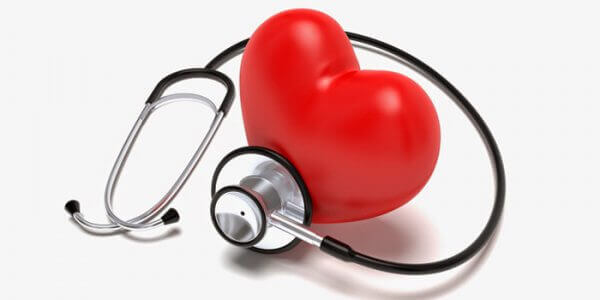Is there a need for home healthcare in India?
It’s not as difficult as it sounds. Really. Heart disease is the pre-eminent cause of death in many of developed countries – and is rapidly getting to that stage in India. “India is currently witnessing nearly two million heart attacks a year and majority of the victims are youngsters”, said Dr. Ashwani Mehta, senior consultant at Sir Ganga Ram Hospital… as quoted in an interview with The Times of India last year.
As medical professionals have reiterated, time and again, one of the biggest contributors to these alarming statistics is the refusal to follow a heart healthy lifestyle. Taking care of your health, and preventing cardiac issues, by adopting a heart-healthy lifestyle includes taking up the ideas listed below – thus reducing the variable risk factors for heart disease and heart attacks. So, let’s get started..
Stop smoking: This is very important: Quit. Right now. It’s tough. But it’s much more difficult to recover from a heart attack or to live with chronic heart disease. You can go cold turkey or start using nicotine patches or taper off. Whatever you choose to do, start right away.
Eat health: A healthy diet is the best way to fight cardiac disease. The kind of food you eat, and how much, influences other risk factors: cholesterol, blood pressure, diabetes and excess weight. Choose foods rich in vitamins, minerals, fiber and other nutrients but are lower in calories. Your diet should include vegetables, fruits, and whole grains, low-fat dairy products, poultry, fish, root vegetable, vegetable oils, and nuts. Limits your intake of sweets, sugar-sweetened beverages, fats and red meats.
Control cholesterol: Total cholesterol score is calculated using the following equation: High density cholesterol (HDL) + Low density cholesterol (LDL) + 20 percent of your triglyceride level.
- LDL cholesterol = “bad” cholesterol
A low LDL cholesterol level is considered good for heart health. According to the latest guidelines from the American Heart Association, the LDL number should not be the main factor in guiding treatment to prevent heart attack and stroke. Actually, lifestyle factors such as a diet high in saturated and trans fats can raise LDL cholesterol.
- HDL cholesterol = “good” cholesterol
Higher levels of HDL is generally considered to be better. Low HDL cholesterol puts you at a higher risk of suffering from cardiac issues. High blood triglycerides levels usually mean people have lower HDL levels. Genetics, type 2 diabetes, smoking, excess weight and leading a sedentary life can all result in lower levels HDL cholesterol.
- Triglycerides
The most common type of fat in the body, normal triglyceride levels differ by age and sex. A high triglyceride level combined with low HDL cholesterol or high LDL cholesterol is commonly linked to atherosclerosis – the buildup of fatty deposits in arteries that increases the risk of heart attacks.
High blood pressure. A major risk factor leading to stroke. Recovering from a stroke is difficult at best, because a stroke quite often can lead to permanent disability. Reduce your salt intake, take your medications as prescribed and start exercising. Optimal blood pressure reading is less than 120/80 mmHg.
Exercise! Exercise! Exercise! Get moving. Be physically active every day. Studies have shown that moderate-to-vigorous-intensity physical activity, 3 – 4 sessions per week lasting an average 40 minutes per session or 30 minutes per session, minimum of four days every week, can help to:
- Lower blood pressure
- Lower cholesterol
- Keep your weight at a healthy level
Research shows that people who have achieved even a moderate level of fitness are much less likely to suffer from serious health issues than those with low fitness levels.
Keep your weight down. Good food habits, controlled calorie intake and regular physical activity are the only ways to maintain a healthy weight. If you are considered obese, you are at risk for high cholesterol, high blood pressure and type 2 diabetes — factors that increase your risk of cardiovascular disease. To maintain a healthy weight, coordinate your diet with your physical activity level so you’re using up as many calories as you take in.
Reduce stress. Studies have shown that the risk of getting coronary heart disease and stressare linked. This may affect other risk factors for heart disease and stroke. Quite often, people under stress overeat, start smoking or smoke more than they would normally. In fact, stress reaction in young adults is a predictor of middle-age blood pressure risk.
Manage diabetes. As reported by NDTV/Food, “According to the International Diabetes Federation Atlas 2015an estimated 69.2 million Indians are diabetic, which as perInternational the WHO assessment, stood at 63 million in the year 2013. The estimates depict that diabetes prevalence has alarmingly doubled and, so far, has grown by over 100% in the past 15 years.”
Risk factors, such as high blood pressure, high cholesterol, smoking, obesity, and lack of exercise can increase a person with diabetes’ chance of developing serious cardiovascular issues.




